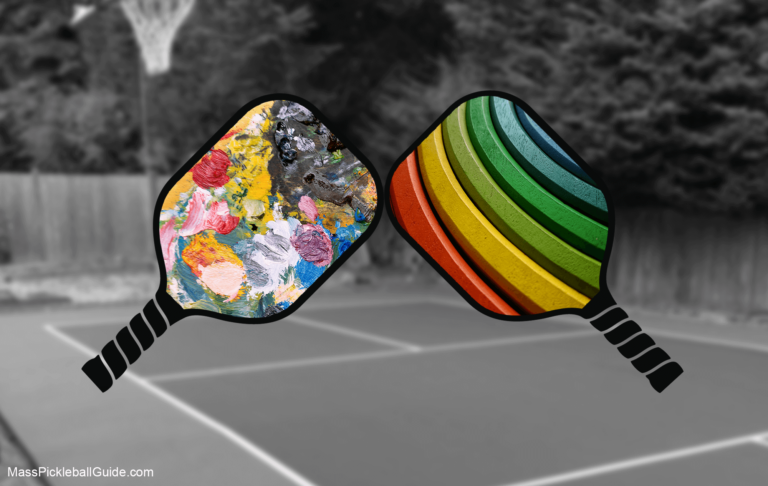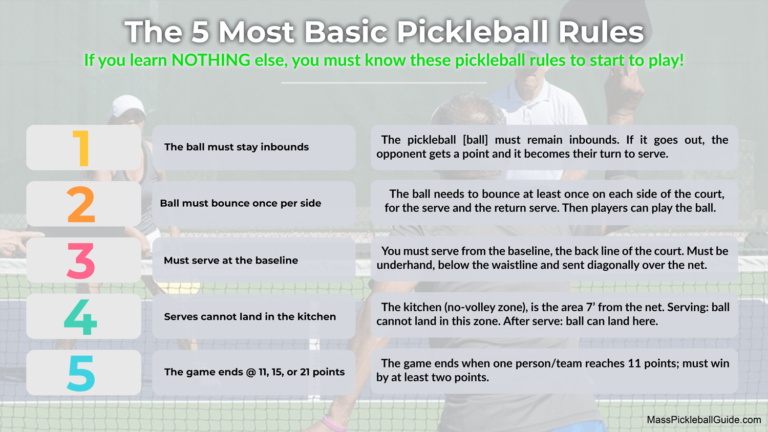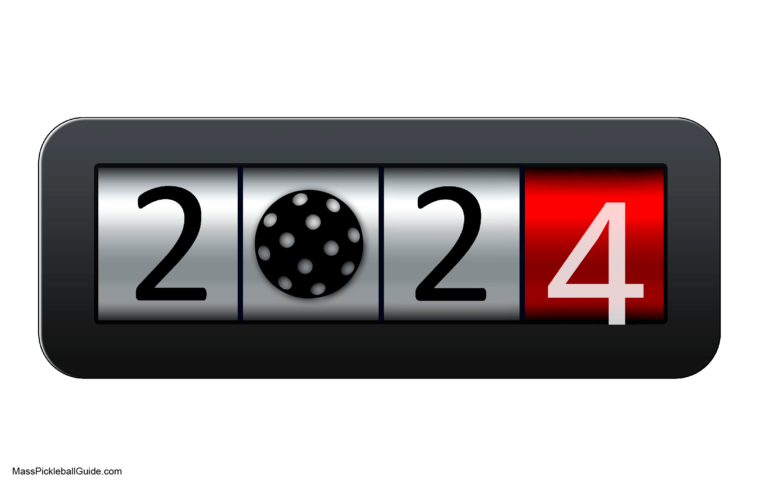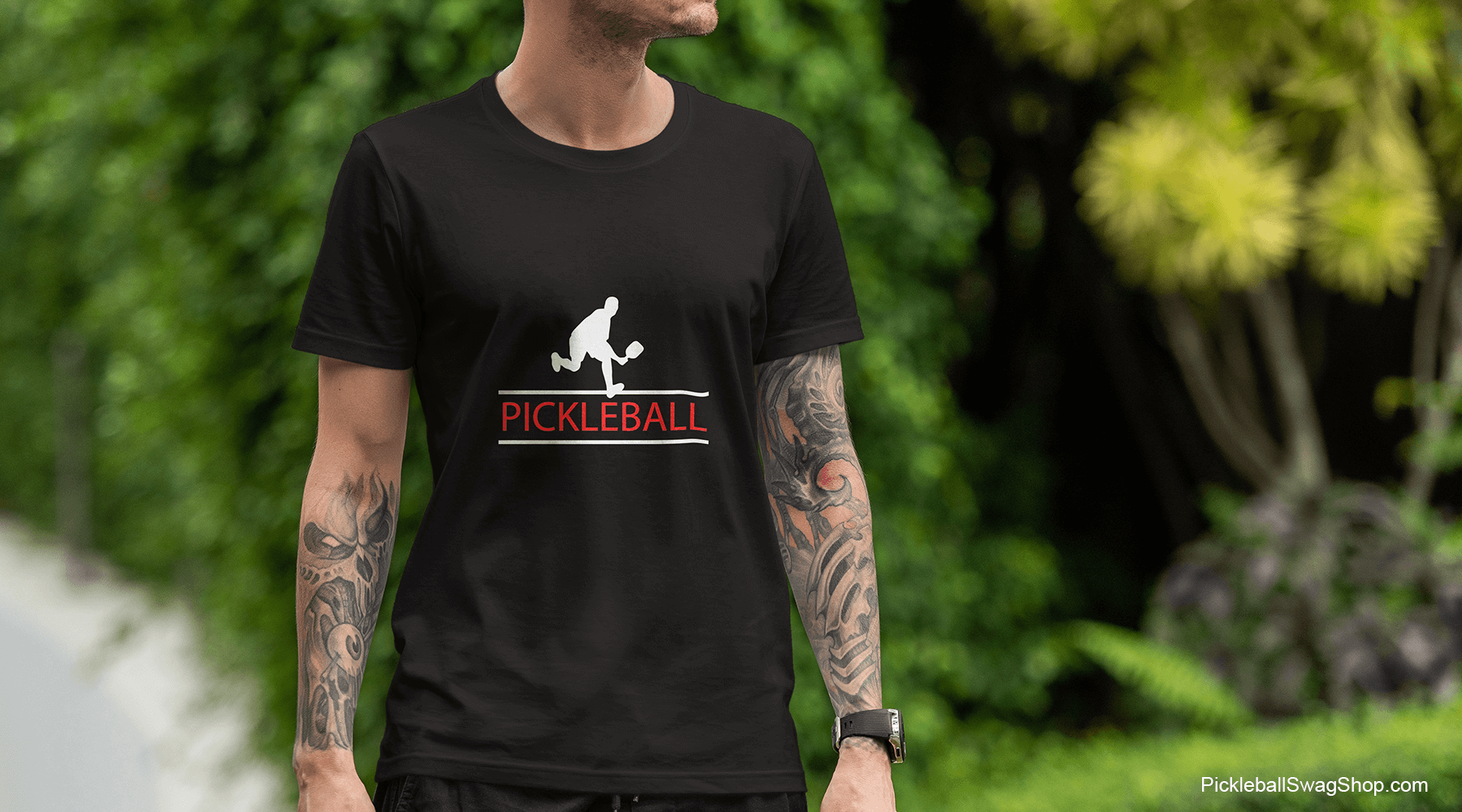The Future of Pickleball Rules: What to Expect in the Coming Years
scary stuff?
Pickleball, a game once confined to backyards, driveways and community centers, has experienced a surge in popularity over the past few decades, especially post-COVID.
As the game evolves, so does its rulebook, ensuring that the sport remains competitive, fair, and engaging. In this article, we look at the current landscape of pickleball rules, explore some controversial aspects, and look ahead at the potential future shifts in the rulebook.
Historical Context
The rules of pickleball have never been set in stone. Since its inception in the 1960s, the game has undergone multiple rule revisions, each aiming to refine the sport, making it more dynamic and spectator-friendly.
A Brief Timeline of Major Rule Changes:
| Year | Notable Rule Change | Impact on the Game |
|---|---|---|
| 1970 | Introduction of the double-bounce rule | Reduced game pace, increased strategy |
| 1984 | Official adoption of the non-volley zone (NVZ) | Enhanced player safety, added depth to gameplay |
| 1990 | Service box dimensions revised | Made serving more challenging |
| 2005 | Changes in paddle material regulations | Improved game speed, paddle durability |
| 2019 | Introduction of the drop serve for trial | Provided players with more serving options |
While some changes, like the NVZ, have been embraced wholeheartedly, others have been a point of contention. A key example is the pickleball kitchen rules. Originally introduced to prevent players from dominating (ah, spiking) at the net, it’s become one of the game’s unique characteristics, though not without its fair share of debates.
Here’s the interesting part…
Not all rules were met with open arms. There were some that players wish never existed, aptly named the worst pickleball rules. These regulations, while crafted with the best intentions, sometimes missed the mark, leading to lively discussions among the community.
Understanding the Current Rule Landscape
Pickleball’s present rulebook is a testament to the sport’s growth and evolution. These rules are a blend of past learnings and new innovations, each designed to ensure the game remains competitive while also being enjoyable for both players and spectators. Though some pickleball rules come out of left field and players have no idea if they really help the game at all.
Pickleball Kitchen Rules
The “kitchen” or the non-volley zone is a fundamental part of the pickleball court. Understanding the kitchen rules, we find regulations designed to prevent players from smashing the ball at the net, ensuring a level playing field. Players cannot volley the ball (hit it without letting it bounce) while standing in the kitchen. This rule adds a layer of strategy, as players must position themselves smartly to play effectively.
The Good, the Bad, and the Controversial
Every sport comes with rules that spark debates. While some regulations ensure the game runs seamlessly, others might be viewed less favorably. Grasping these nuances is vital, not just for enhancing gameplay, but also for deepening one’s appreciation of the sport.
For those keen on mastering the intricate details of the game, diving into the pickleball rules book tips and tricks offers insights. From serve techniques to fault explanations, it’s a treasure trove of information.
Key Rules to Remember:
- Double Hit: Accidentally hitting the ball twice during a single swing counts as a fault.
- Service Foot Fault: Servers must ensure both feet remain behind the baseline during the serve.
- Non-Volley Zone Fault: Stepping into the kitchen to volley the ball results in a fault.
Commonly Overlooked Rules
For many pickleball players, understanding the basics comes easily. However, diving deeper, there’s a realm of rules often overlooked or misinterpreted. Let’s shed some light on the rules often forgotten:
- Paddle Mishits: If the ball hits any part of the hand below the wrist, it’s considered a paddle, and the play continues.
- Time Between Points: Players have a maximum of 10 seconds after the score is called to serve the ball.
- Service Sequence Errors: Mixing up the service sequence can result in a fault.
- Switching Paddles: Players are not allowed to switch paddles during a rally.
- Distractions: Deliberately distracting an opponent, be it by shouting or making unnecessary movements, is considered a fault.
- Return of Serve Bounces: The ball must bounce once on each side during the serve and return before volleys can begin.
- Re-serve Rules: Under specific conditions, such as an opponent not being ready, servers are allowed a re-serve.
Being aware of these rules can make a significant difference in one’s game. It
ensures smoother matches and fewer disagreements on the court.
Controversial Rules and Potential Future Changes
It gets better…
The ever-evolving nature of pickleball means that the rules, too, are subject to change. Some regulations, though well-intentioned, spark debates within the community. One recent example is the introduction of the volley serve. Many traditionalists argued that the volley serve ban preserved the original spirit of the game. On the other hand, modernists viewed it as an unnecessary restriction, stymying the sport’s growth and innovation.
Several other rules have garnered attention and might be up for revision:
- Scoring System: The current scoring system, though unique, often confuses newcomers. There’s an ongoing debate about adopting a more straightforward system.
- Equipment Standards: As technology advances, so does paddle design and materials. This leads to a continuous review of what’s permissible in official games.
- Court Dimensions: With players becoming more athletic and the game speed increasing, there’s a discussion around tweaking court dimensions to maintain competitiveness.
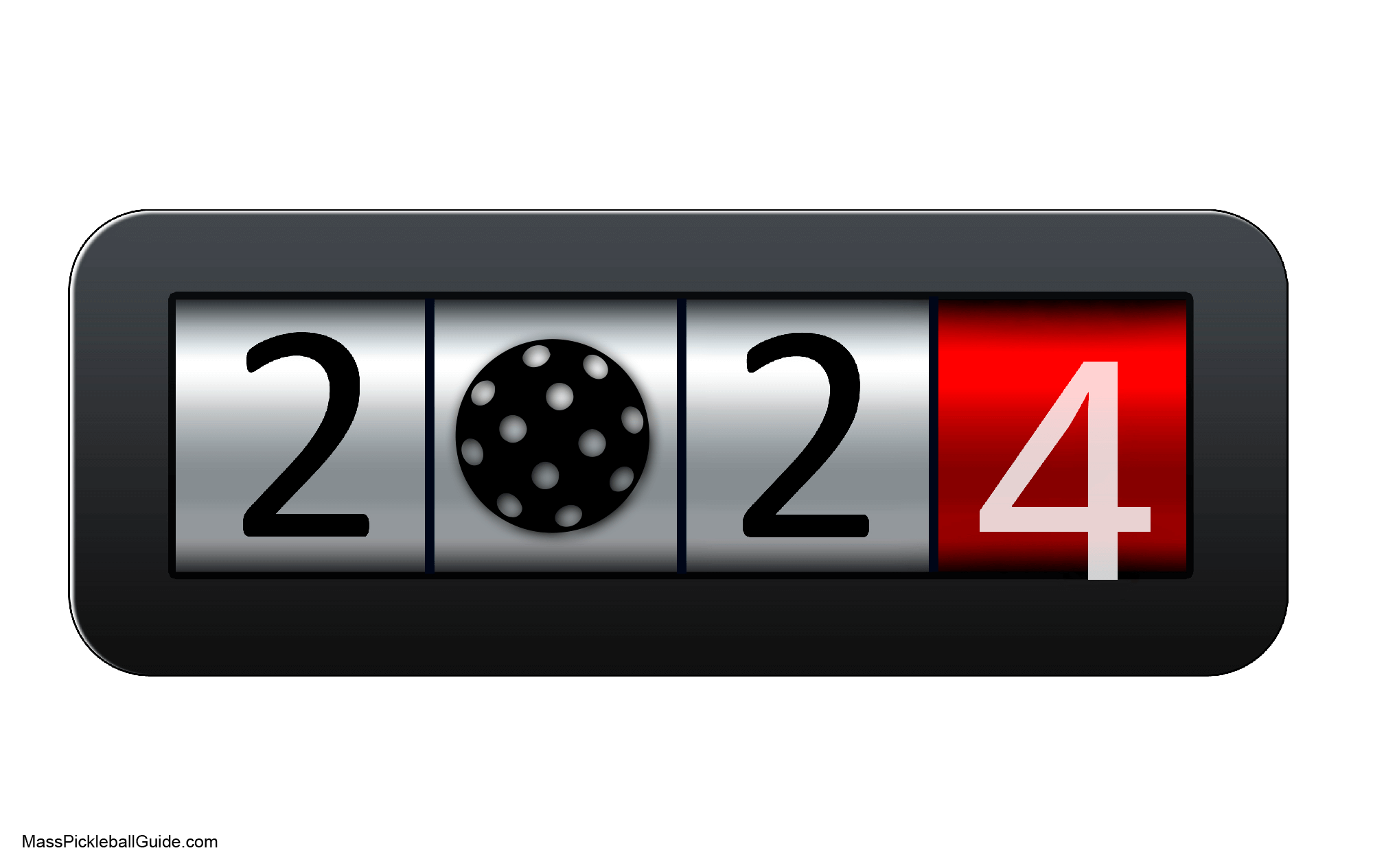
Predictions for Future Rules
All is not lost. Pickleball’s future holds promise, with technology playing a pivotal role:
- Line-calling Technology: Just as tennis adopted Hawk-Eye, pickleball might soon incorporate tech-driven line-calling, ensuring more accurate and unbiased decisions.
- Wearable Tech: Wearable devices could be used to monitor player movements, ensuring rule adherence, particularly in the non-volley zone.
- Community Feedback Platforms: With the growth of the online pickleball community, platforms might be established to gather player feedback on potential rule changes, ensuring the game remains by the players, for the players.
The Role of Players and Enthusiasts
Pickleball players have a role to play in shaping pickleball’s future:
- Staying Updated: Engaging with resources helps players adapt to rule changes seamlessly.
- Community Feedback: Players should voice their opinions on forums, community meetings, and official feedback platforms. Every perspective is valuable.
- Respecting the Spirit of the Game: While rules evolve, the essence of pickleball – fun, camaraderie, and competitiveness – should remain untouched.
Conclusion
Pickleball, in its relatively short history, has shown an incredible ability to adapt and grow. While the rules will continue to change, the community’s spirit and passion for the game will remain unwavering. As we look to the future, it’s clear that the best days of pickleball are still ahead, shaped by the players and for the players.



